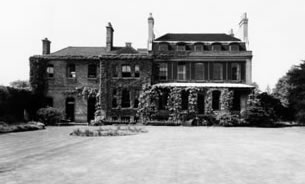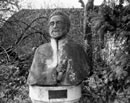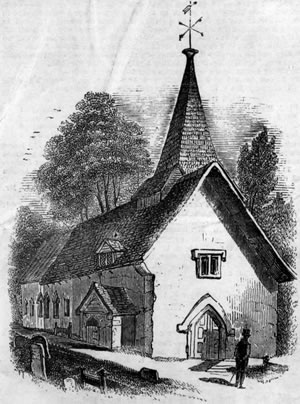Marking Black History Month In Merton
Wimbledon's connections with history
October is Black History Month – the chance to delve into the past and discover the people, places and events that have shaped the story of Wimbledon and Merton.
William Wilberforce has a strong connection with the area, which played a role in his struggle against the slave trade.
Wilberforce was born in Hull but spent childhood years living with his aunt and uncle at Lauriston House (below), Southside, near Wimbledon Common.

His aunt's Methodist faith influenced the religious fervour that powered his campaign. He inherited the large Wimbledon house as a young man and used it as a retreat where he entertained his political set including future Prime Minister William Pitt. He also played a role in local life as treasurer of the charity school in Camp Road.
Twenty-year-old Fatima Quasheebaw was brought to England from Egypt by Lord Nelson and became maid to his lover, Lady Emma Hamilton. Fatima served as Emma's maid and may have cared for Horatia her daughter. Fatima was baptised at St Mary the Virgin Church, Merton Park (above right), where she is listed in the parish register
 In 1936 Emperor of Ethiopia Haile Selassie sought sanctuary in the Wimbledon home of Dr Richard Seligman, when Italian forces invaded his country. Seligman and his wife Hilda campaigned against the appeasement of Mussolini and Hitler and were happy to accommodate the imperial household at their Parkside home.
In 1936 Emperor of Ethiopia Haile Selassie sought sanctuary in the Wimbledon home of Dr Richard Seligman, when Italian forces invaded his country. Seligman and his wife Hilda campaigned against the appeasement of Mussolini and Hitler and were happy to accommodate the imperial household at their Parkside home.
Hilda sculpted the bust of Haile Selassie, now spiritual head of the Rastafarian movement, which you can see (right) in Cannizaro Park.
One of the first black men to hold senior office was John Archer, who was named mayor of Battersea in 1913, and who is buried in Morden. He served as a councillor for 20 years championing health and social welfare. He also attended the first Pan African Congress in 1900 which brought together delegates from across the world to press for racial equality.
September 18, 2013
Related links
|
